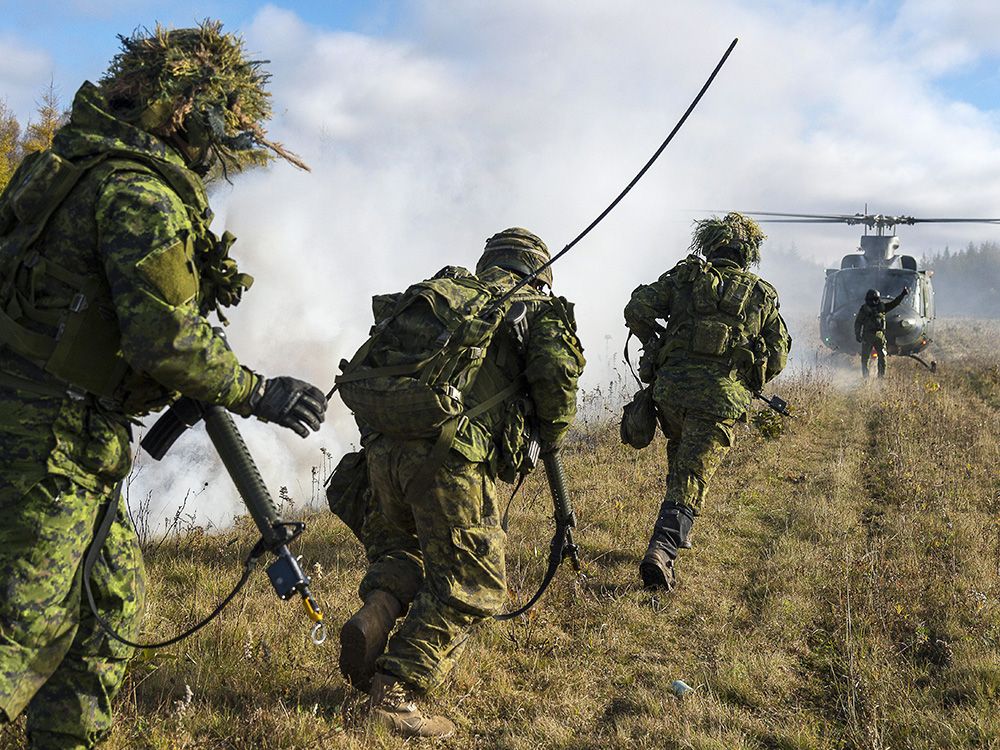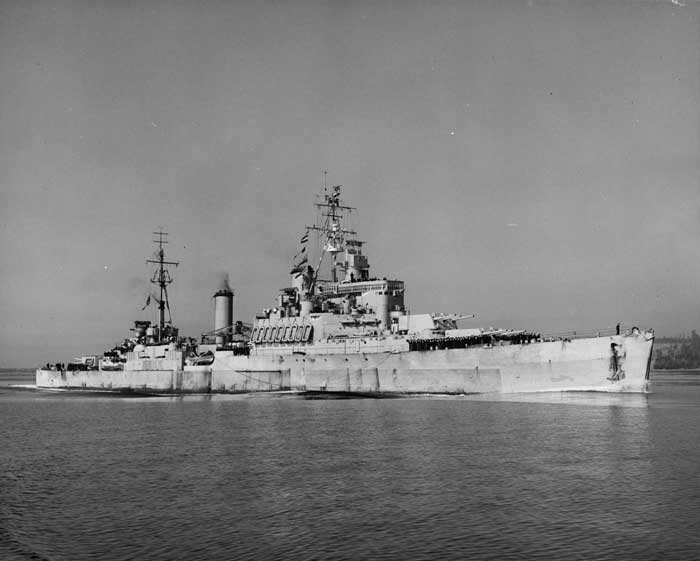- Reaction score
- 5,732
- Points
- 1,260
The port of Montreal is open 12 months of the year. So we'd be talking about ice breaking from that area up until the Port of Montreal where icebreaking must already be occuring.Seasonality and Quebec?
As for Quebec, what of it? No facilities would be built in the province. Only ships would be sailing down the St Lawrence. The St Lawrence Seaway and all shipping along it comes under Federal jurisdiction, not provincial.







